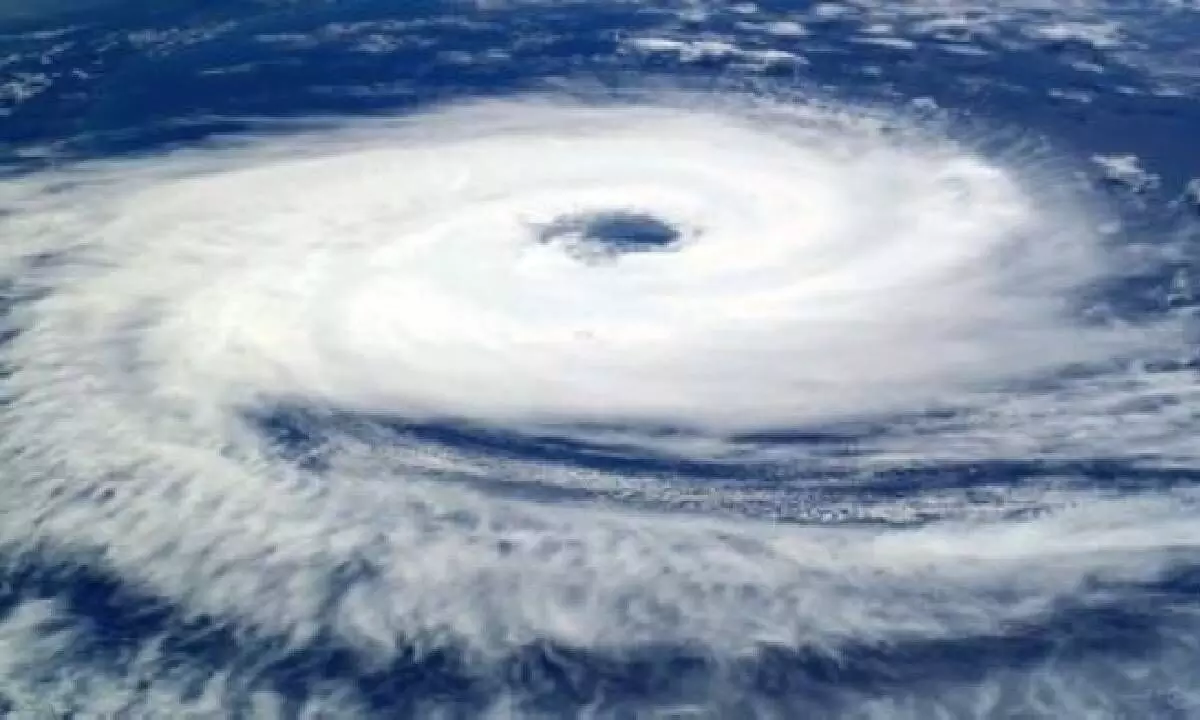Intensity, frequency of tropical cyclones to rise in Indian Ocean
Tropical cyclones can intensify rapidly, leaving little time for preparation, say international team of scientists
image for illustrative purpose

New Delhi The intensity and frequency of tropical cyclones are expected to increase in the north Indian Ocean, warns a study led by an international team of scientists including those from India.
Tropical cyclones do not form easily near the equator but can intensify rapidly, leaving little time for preparation.
In the study, the team from Kochi’s Cochin University of Science and Technology, as well as from Canada and the US, investigated the number of near-equatorial (originating between 5 degrees N and 11 degrees N) tropical cyclones over the north Indian Ocean during post-monsoon season (October to December) over the past 60 years.
The results, published in the journal Nature Communications, revealed a marked 43 per cent decline in the number of such cyclones in recent decades (1981-2010) compared to earlier (1951-1980).
The decline in tropical cyclone frequency is primarily due to the weakened low-level vorticity modulated by the Pacific Decadal Oscillation (PDO) and increased vertical wind shear, the researchers said. However, "in the presence of low-latitude basin-wide warming and a favourable phase of the PDO, both the intensity and frequency of such cyclones are expected to increase", they said.
"Such dramatic and unique changes in tropical cyclonic activity due to the interplay between natural variability and climate change call for appropriate planning and mitigation strategies," they added in the paper. PDO can be explained as a long-term ocean fluctuation of the Pacific Ocean, which waxes and wanes approximately every 20 to 30 years. And just like El Nino/La Nina, it has an effect on the sea surface temperatures as well as impacting the northeast Indian summer monsoon.

